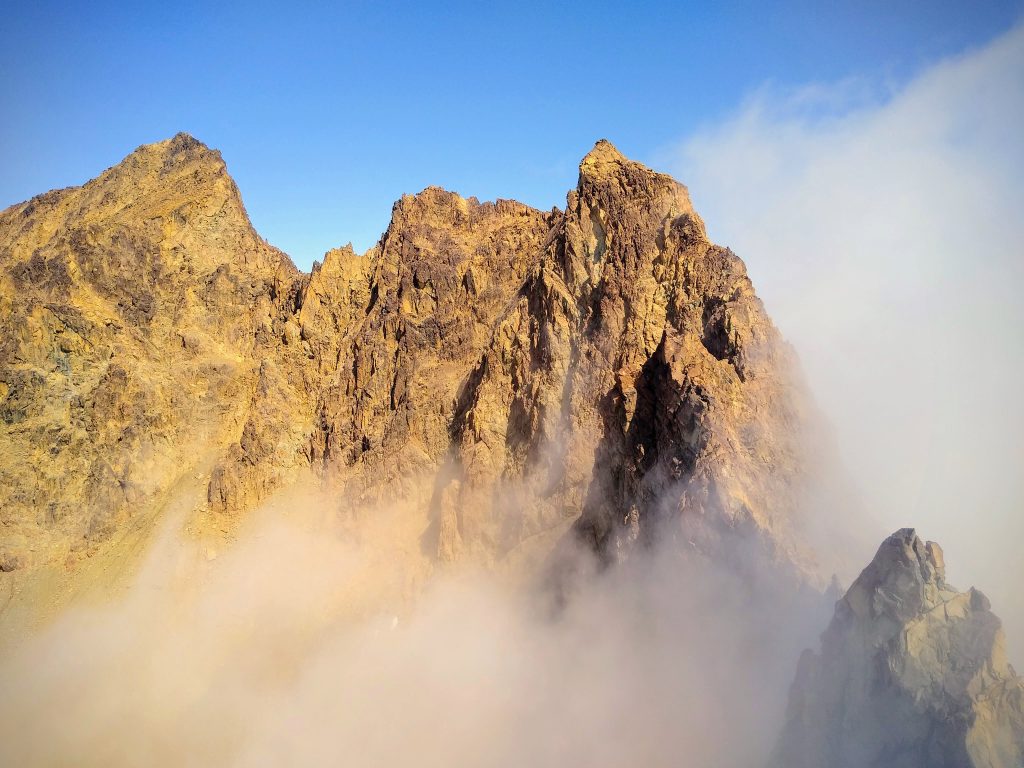The Perpetual Puzzle
Disclaimer: I have no formal education in meteorology. I take no responsibility for you getting skunked, pissed on, or washed off your objective. This is the Pacific Northwet, after all.
I have waited a while to write this post. Weather is complicated – so complicated that even super computers struggle to model the weather with much reliability more than a week out. But understanding the general trends, interpreting forecasts, and applying this knowledge to your mountain plans is an integral part of success in the mountains.
Over the past few years, I have tried my best to be a student of the weather. I read the NWS forecast discussion daily, make observations in the field, follow the experience of others, and even ask questions to climatologists that work with me. I get a lot of questions about how I make decisions when to go for certain objectives, where to find the best powder, and how to guess if an ice climb is in. So I have decided it would be helpful to talk about this immense topic, weather.

Weather in the Cascades will be a multi part post. My goal, put simply, is to offer the little knowledge that I have and more importantly, demonstrate my process for learning more. Here is an overview of what each post will cover:
- General Weather Concepts for the Cascades: First, I will go over some general concepts that are the foundation for our weather here.
- Weather Forecasting and Resources: Second, I will list the resources I use for forecasting. You will want to bookmark this post.
- Local Nuances and Trends: Third, I will list sporadic nuances or trends I have observed that may be useful. Take these with a grain of salt.
- Planning with Mountain Weather: Finally, I will go over how I use all these sources to go about planning my trips, during all seasons.
Buckle up!
Continue to Part 1: General Weather Concepts for the Cascades.
